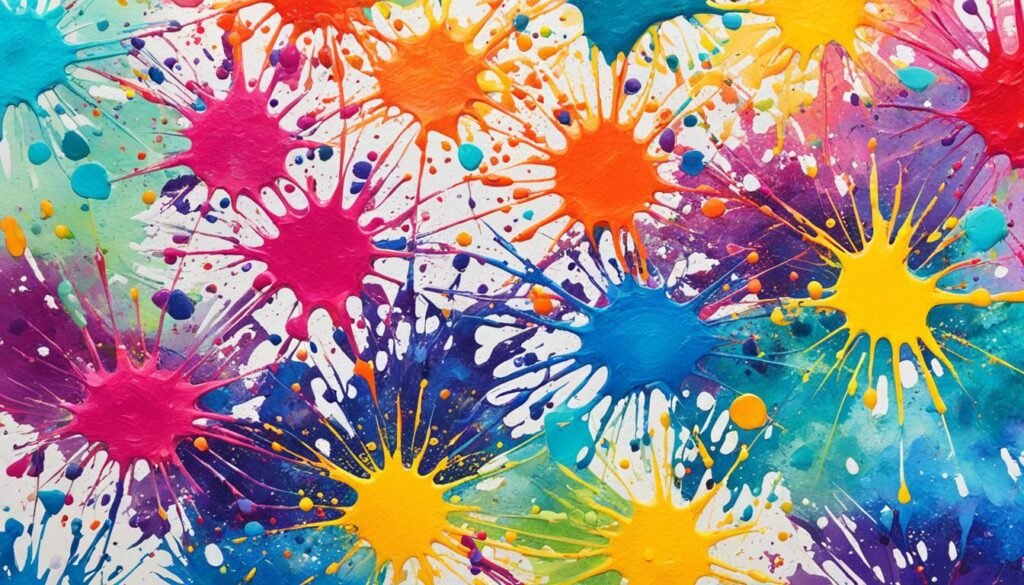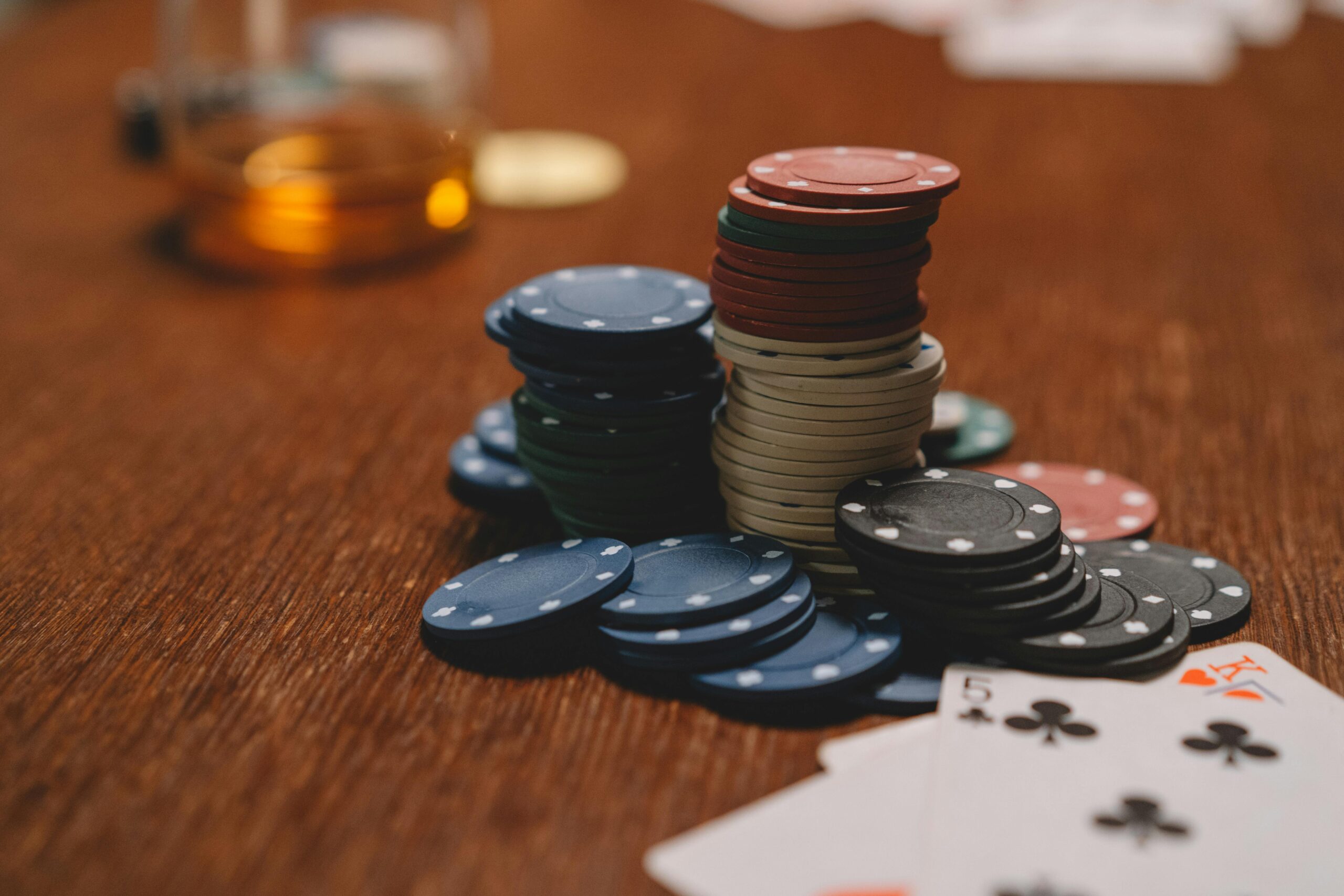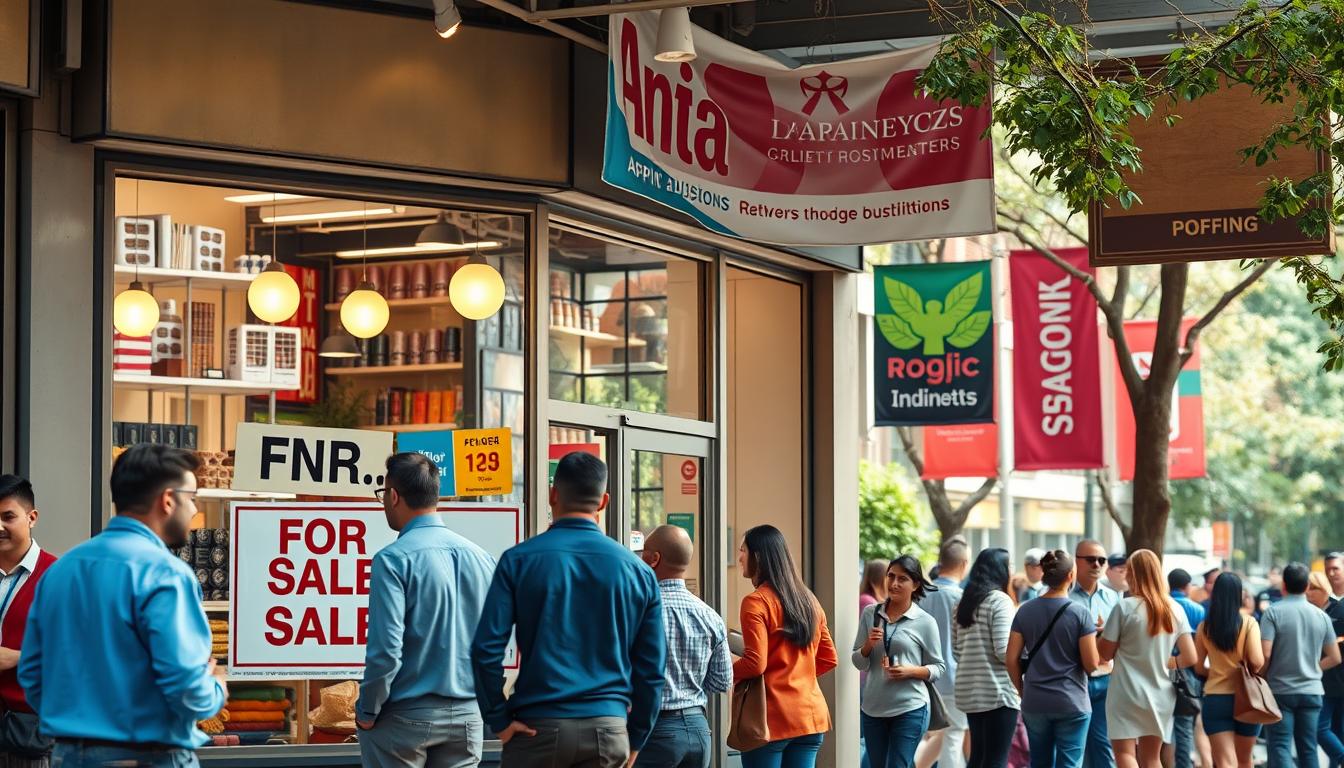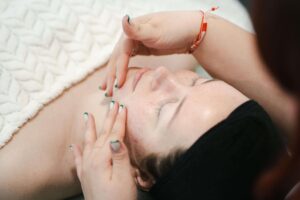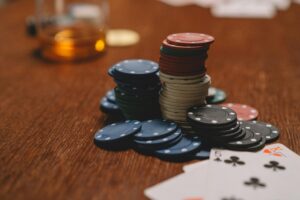Start an exciting journey into abstract painting, where creativity knows no limits. This guide will show you various abstract painting techniques to bring out your artistic side. You’ll learn how to turn simple ideas into amazing art pieces. From basic abstract art principles to new methods and color theory, you’ll find ways to make your art stand out.
If you’re new to watercolor landscape tutorials or looking to grow your skills, this article is for you. It offers tools and inspiration for exploring abstract painting. You’ll dive into watercolor painting techniques, landscape painting tutorials, and watercolor materials. This will help you improve your skills and let your creativity shine.
Let’s start a journey of self-expression. Both beginners and experienced painters can learn about watercolor color mixing and painting nature scenes in new ways. Enjoy outdoor painting and plein air watercolors. Learn about watercolor composition to make art that shows your unique style.
Table of Contents
ToggleKey Takeaways
- Discover diverse abstract painting techniques to unleash your creativity
- Explore the fundamental principles of abstract art and innovative methods
- Learn the art of watercolor painting techniques and landscape painting tutorials
- Understand the importance of watercolor materials and watercolor for beginners
- Dive into the world of watercolor color mixing and painting nature scenes
- Embrace the beauty of outdoor painting and plein air watercolors
- Discover the secrets of watercolor composition and create masterpieces
Abstract Painting: Unleash Your Inner Artist
Step into the world of abstract art, where traditional rules don’t apply. Here, artists express themselves freely. Abstract painting lets you share your unique view without the need for realism.
What is Abstract Art?
Abstract art moves away from copying the real world. It focuses on color, shape, and arrangement instead. This type of art makes you feel and think deeply, not just see things you know.
The Power of Abstraction
Abstract painting stirs emotions and shares ideas. It turns the everyday into something magical. By leaving realism behind, artists use creative expression to make art that speaks to you personally.
| Abstract Art Characteristics | Traditional Representational Art |
|---|---|
| Focuses on color, form, and composition | Focuses on accurate depiction of observable reality |
| Invites emotional and interpretive engagement | Aims to faithfully represent the natural world |
| Prioritizes the artist’s unique expression | Prioritizes realism and accurate representation |
Discover the power of abstract painting. Let it open up your artistic side.
“In the world of abstract art, the canvas becomes a stage for the artist’s inner dialogue, a realm where imagination takes flight and the soul speaks through the brush.”
Embracing the Unconventional: Abstract Painting Techniques
In the world of abstract painting, creativity and exploration are endless. Embracing the unconventional helps you unlock your true artistic potential. Move past traditional techniques and explore where the unexpected is the rule.
Experimental art is key in abstract painting. It pushes the limits of what’s possible. Techniques like abstract painting techniques and experimental art open up endless possibilities.
Using unusual tools is one way to make your art stand out. Try palette knives, sponges, or even your hands for unique textures and compositions. Let the materials lead your art for a more spontaneous approach.
| Conventional Painting Tools | Unconventional Painting Tools |
|---|---|
| Paintbrushes | Palette knives, sponges, fingers |
| Easel | Laid-flat canvas, walls, floors |
| Acrylic or oil paints | Mixed media, household items, found objects |
Get creative with unusual color mixes and bold strokes. Embrace imperfections and let go of control. Abstract painting techniques that break the mold can open up new ways to express yourself.
“The true mystery of the world is the visible, not the invisible.” – Oscar Wilde
Start a journey with abstract painting techniques that will change your art. Experiment and let your creativity reach new heights.
Experiment with Unconventional Tools
Unlock your creative potential by exploring unconventional art materials and tools. See how everyday objects can turn into powerful art tools. This lets you make unique and stunning abstract art.
Unleash Your Creativity
Embrace the freedom of trying out abstract painting techniques that go beyond the usual canvas and brushes. Use sponges, household items, and unexpected textures and objects. The possibilities are endless. Let your creativity flow as you explore abstract painting tools and unconventional art materials.
Abstract art loves creative experimentation. Forget the rules and dive into the unknown. Let your instincts lead you. Discover the feel of different materials and the unique effects of non-traditional techniques. See how applying paint in new ways can transform your art.
- Try using household items like sponges, rags, and your fingers to apply paint in new ways.
- Add found objects such as leaves, twigs, or discarded metal scraps to your art.
- Use tools like squeegees, palette knives, or unique brushes to create interesting textures and patterns.
By embracing the unexpected and going beyond traditional painting, you open up a world of creative possibilities. Let your inner artist shine by experimenting with unconventional art materials. Let your artistic expression flow freely.
“The role of the artist is to ask questions, not answer them.” – Anton Chekhov
Abstract Painting Techniques
Abstract painting lets you explore many techniques to express yourself creatively. You can layer, scrape, drip, or sponge paint to try new things and find yourself. This art form is full of ways to experiment and grow.
Abstract painting often uses unconventional tools and materials. You don’t just need brushes. Try using palette knives, sponges, rags, or your hands to paint. This makes your work feel spontaneous and fresh.
Layering is another key technique. Adding paint layers creates depth and texture. Mix acrylics, oils, or collage to see how colors and textures interact.
- Dripping and pouring paint makes beautiful, flowing patterns that add energy to your art.
- Scraping, sponging, and daubing add texture and make your painting interesting to touch and look at.
- Masking and stenciling let you add shapes or patterns, balancing out your abstract art.
Abstract painting lets you be creative and express yourself fully. By being playful and trying new things, you can see the world in new ways. This makes your art truly yours.

“The essence of all beautiful art, all great art, is gratitude.” – Friedrich Nietzsche
Mastering Color and Texture
Abstract painting is where color and texture shine. Learning about color theory opens up new possibilities. It helps artists mix colors that stir deep feelings. Discover how to mix colors and create eye-catching effects.
The Importance of Color
Color is key in abstract paintings. Knowing the color wheel lets artists make pieces that look great and touch the heart. Try mixing bold colors or soft ones to show your vision.
Exploring Texture
Texture in art adds depth and interest to paintings. Use techniques like impasto or sgraffito for unique textures. Let your medium’s feel guide you in creating interesting textures.
| Texture Technique | Description | Visual Effect |
|---|---|---|
| Impasto | Applying thick, textural layers of paint | Creates a rough, dimensional surface |
| Sgraffito | Scratching or scraping into the paint to reveal underlying layers | Generates a sense of depth and movement |
| Collage | Incorporating found materials or mixed media elements | Adds visual interest and tactile qualities |
Let your imagination run wild with color and texture in abstract paintings. Use your brush and palette knife to explore the endless possibilities of this art form.
Composition: The Foundation of Abstraction
Creating abstract paintings means understanding the basics of composition. How you arrange shapes, lines, and colors on your canvas is key. It helps guide the viewer’s eye and makes your piece stand out. Learning about abstract art composition and keeping a strong visual balance will help you unlock your artistic skills.
Getting a balance in abstract painting is vital. It doesn’t mean everything must be symmetrical or spread out evenly. It’s about creating a balance that makes each part work well together. Try different ways to place shapes, lines, and colors to find what grabs the viewer’s attention.
Rhythm and movement are key in abstract art too. Think about the flow of your brushstrokes and the direction of your lines. Use shapes and colors to make your piece dynamic and engaging. Knowing about design elements helps you make abstract paintings that pull the viewer in and keep them interested.
Focal points are also important in abstract art. Pick the areas you want to draw the viewer’s eye to. Use contrasting colors, big shapes, or texture to make these points stand out.
Starting your abstract painting journey means mastering composition. Focus on balance, rhythm, and focal points to let your creativity shine. Use these principles to create abstract art composition that inspires and captivates.
Finding Inspiration in Everyday Life
Abstract artists often look beyond the studio for inspiration. The world is full of textures, colors, and shapes that can inspire us. By paying attention and using our imagination, we can turn everyday things into amazing art.
Unleash Your Imagination
Observational painting helps us find inspiration by focusing on the world around us. Take a walk outside and soak in the sights and sounds. Notice the way shadows and light mix, the details in a leaf, or the shape of a building. Let these things get stuck in your mind, then imagine how to turn them into abstract art.
Painting outside can change how you see things. Try to catch a sunset, the sound of waves, or the colors of flowers. These experiences can make your art feel real and full of life, showing the energy and feelings of nature.
| Inspiration Source | Artistic Interpretation |
|---|---|
| Observing a Cityscape | Look at the shapes, lines, and colors of the city. Turn these into an abstract piece that shows the city’s feel. |
| Studying a Natural Landscape | Get lost in the textures and colors of nature, like a forest or beach. Use what you see to make an abstract painting that feels like the real thing. |
| Contemplating a Sensory Experience | Think about what you’ve seen, heard, or touched that stuck with you. Make an abstract piece that shows the feeling of that moment. |
Seeing the world as a source of inspiration can open up new ways to be creative. It can make your abstract art more meaningful and personal. Let your imagination run wild and turn the ordinary into something special.
The Beauty of Imperfection
In the world of abstract art, embracing imperfection leads to unique and captivating works. Artists often aim for perfection. But, it’s in the unexpected and uncontrolled that we find true power in experimental painting.
Imperfection brings depth and character to your abstract paintings. Welcome happy accidents and unexpected results. Let your brush strokes flow freely and celebrate the unique textures and patterns that appear.
“The most beautiful thing we can experience is the mysterious. It is the source of all true art and all science.” – Albert Einstein
By accepting imperfection, you open up to new creative possibilities. Try using tools like palette knives, sponges, or your fingers for unique textures. Let go of control and let your inner artist shine.
Imperfection adds depth and authenticity to your art. Embrace the unexpected and celebrate happy accidents. Let go of perfection to unlock the true power of abstract art and unleash your creativity.

| Techniques to Embrace Imperfection | Benefits of Imperfection in Art |
|---|---|
|
|
Abstract Art and Emotion
Abstract art deeply connects with our emotions. It lets artists share their deepest feelings and stories. Through color, shape, and texture, abstract art touches us deeply.
Expressing Yourself Through Abstraction
Abstract art is a way for artists to express themselves fully. It gives them the freedom to show their feelings. Artists use unique techniques to make art that moves us, from happiness to deep thought.
Abstract art is special because it goes beyond just looking at it. It makes us feel things on a deep level. Artists make personal art that shows their unique views and feelings. This invites us to feel and think deeply about emotional expression and abstract art emotion.
“Abstract art allows me to express the inexpressible, to convey the depths of my emotions through the interplay of color, shape, and texture.” – Jane Smith, Abstract Artist
When you dive into abstract painting, think about how you can express your feelings. Try using bright colors, bold strokes, and unique textures. Make art that shows your emotional expression and connects with the abstract art emotion you put into it.
Overcoming Creative Blocks
As artists, we’ve all hit a creative wall at some point. These moments can be tough, making us feel stuck and uninspired. But, with the right mindset and methods, you can get past these blocks and spark your creativity again.
Embrace Experimentation
Trying new things is a great way to beat creative blocks. Step out of your comfort zone and explore new techniques, materials, or themes. Have fun without worrying about making a masterpiece. This can bring back the joy of creating and open up new ways to express yourself.
Nurture Your Inspiration
Find things that make you love art even more. Be around nature, check out art galleries, or talk to other artists. Let the work of artists you admire spark new ideas and bring life to your art.
Take a Break and Recharge
Sometimes, taking a step back is the best move. Go for a walk, try something new, or just relax. This can give you a fresh view and make you come back to your art with new energy and focus.
Cultivate a Growth Mindset
See the creative journey as a rollercoaster with ups and downs. Know that creative blocks are normal and can lead to new discoveries. Celebrate your wins, learn from your losses, and keep exploring with curiosity and kindness towards yourself.
Using these tips, you can beat creative blocks and find your artistic spark again. Keep an open mind, embrace new ideas, and trust that your creativity will keep growing.
Abstract Painting for Beginners
Are you ready to explore abstract art but don’t know where to begin? Don’t worry! This guide will walk you through the basics of abstract painting for beginners. You’ll learn about the key materials and techniques to spark your creativity and express yourself uniquely.
Getting Started with Abstract Art
Abstract painting offers endless possibilities. It lets you play with color, texture, and composition freely. As a beginner, keep an open mind and be ready to try new things.
Begin by collecting the basics – acrylic paints, different brushes, and a good canvas or paper. Feel free to use tools like palette knives, sponges, or your fingers for unique textures. Use abstract techniques that feel right to you, like layering or dripping paint.
The fun of abstract painting is in the process, not just the end result. Let yourself play and find your artistic voice. Embrace the beauty of mistakes and let your gut guide you in exploring abstract art’s endless possibilities.
“The essence of all beautiful art, all great art, is gratitude.” – Friedrich Nietzsche
So, pick up your brushes and start your creative journey in abstract painting for beginners. The possibilities are endless, and the rewards of exploring art are immense.
Conclusion
You’ve taken a thrilling journey through abstract painting. This guide has given you the tools to boost your creativity. It doesn’t matter if you’re an experienced artist or just beginning. You now have the power to explore your creative expression like never before.
Abstract art offers endless possibilities. It’s a chance to express yourself freely. Let your intuition lead you as you play with colors, textures, and shapes. Trust your instincts and accept imperfections to open up a world of creativity that will amaze and inspire others.
Keep improving your skills and exploring new artistic paths. The heart of abstract painting is in the act of creating. Enjoy the process, welcome surprises, and let your art reflect your unique view and feelings. Start this artistic journey with passion, curiosity, and a readiness to dive into the vast world of abstract art.
FAQ
What is abstract art?
Abstract art is a way to express feelings and ideas without realistic images. It uses colors, shapes, and forms to make interesting compositions. Artists use it to share their unique views and emotions.
What are some common abstract painting techniques?
Common techniques include layering, scraping, dripping, and using unusual tools. These methods help create unique textures and colors. They let artists explore abstract art’s endless possibilities.
How do I choose the right colors for my abstract paintings?
Learning about color theory is key for abstract art. Try mixing colors and use schemes like complementary and analogous. This helps you evoke certain feelings in your art.
What role does composition play in abstract art?
Composition is crucial in abstract art. It involves balance, rhythm, and focal points. By arranging shapes, lines, and colors thoughtfully, you can guide the viewer’s eye through your piece.
How can I find inspiration for my abstract paintings?
Look for inspiration in everyday life. Notice the colors, textures, and shapes around you. Use these to spark your imagination and create unique abstract art.
How can I overcome creative blocks in abstract painting?
Experiment with new techniques to spark creativity. Try mindful practices like meditation or sketching freely. Remember, mistakes can lead to surprising and interesting art.
What materials do I need to get started with abstract painting?
You’ll need paints, brushes, a palette, and surfaces like canvas or paper. Don’t hesitate to use unusual tools for unique textures in your art.



